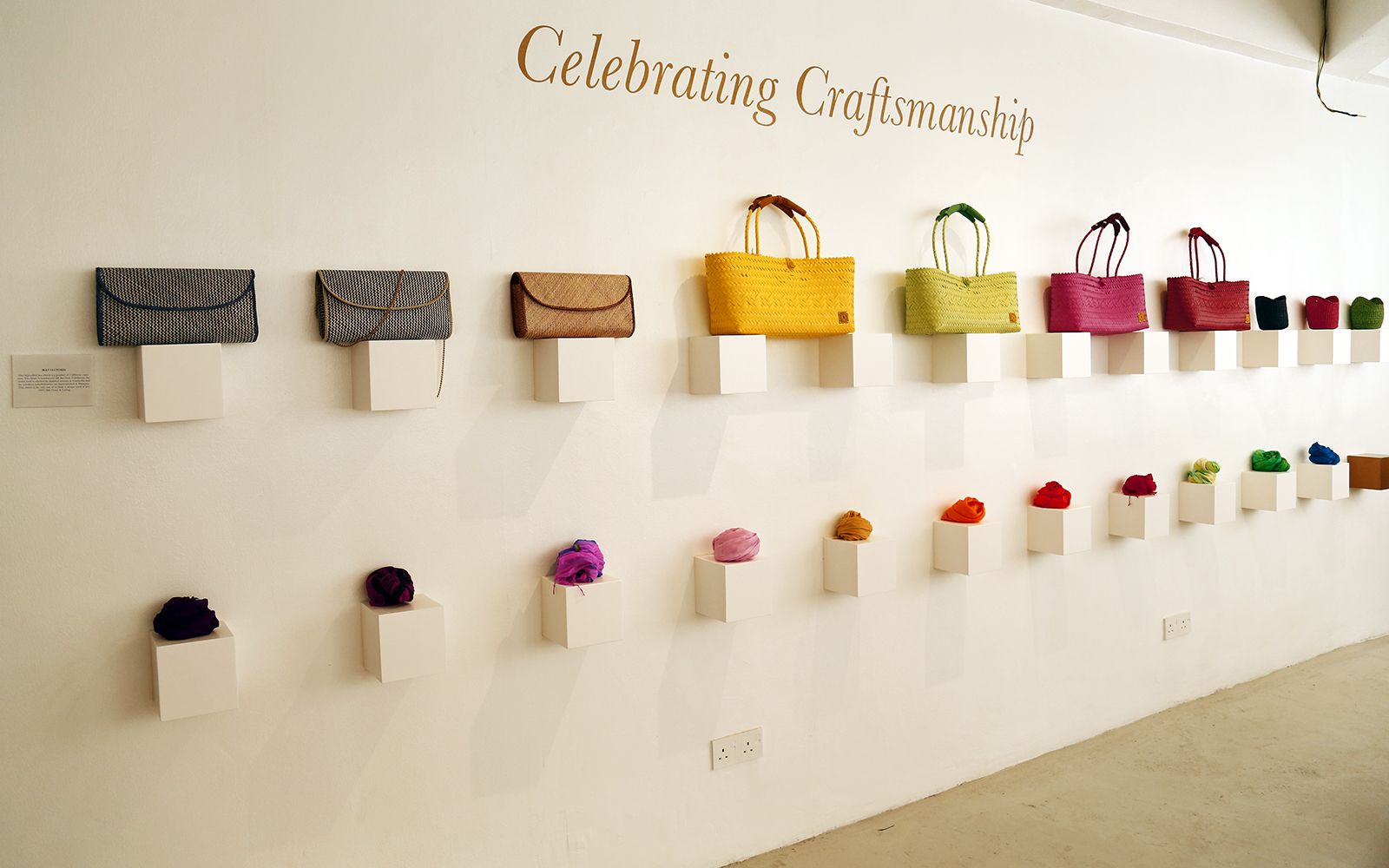
Success, wealth, a prestigious job in the business and corporate industry – you name it, Sasibai Kimis had it. But the one thing evading her, that tugged at her conscience year after year in the rat race was her bigger purpose in life.
It was in 2011 after another late night at the office, and Sasibai was driving home and fighting the urge to fall asleep. She contemplated that if she were to die, she wanted to die for a bigger and more impactful cause. That marked a turning point – Sasibai quit her job and took off for a year of travelling, finding herself in Hawaii for several months and eventually arriving in Cambodia – where Earth Heir was conceived.
“I met many wearers, textile makers and poor Cambodian families who relied on their traditional handicraft to make ends meet,” she recalled. “I started buying their scarves and sold them to friends in Malaysia, to help them keep a steady income.”
In 2013, at the encouragement of Sasibai’s mentor Datuk Kim Tan, her endeavour turned into a business with a difference – a socal enterprise christened Earth Heir. Initially, it was a platform for Cambodian, Indian, Indonesian and Thai artisans to showcase the potential of ethnic handmade products as fashion statements and lifestyle accessories.
Today, Earth Heir flourishes on a mission to highlight artisans from all states in Malaysia. “I want to create a space to showcase works from our eclectic mix of local artisans, as a platform to teach Malaysians about their heritage,” she explained.
Sasibai has worked with an estimated 100 artisans in Malaysia, already overwhelming her standalone retail space in Ampang. She recently launched a pop up at Isetan The Japan Store in Lot 10, and has won multiple awards since launching, including the British Council Social Enterprise Award in 2015 that further developed the label’s identity.
We sat down with Sasibai for a meaningful conversation, taking note on how, guided by turning points in life and an eye for crafts, she turned Earth Heir into an education on heritage.




